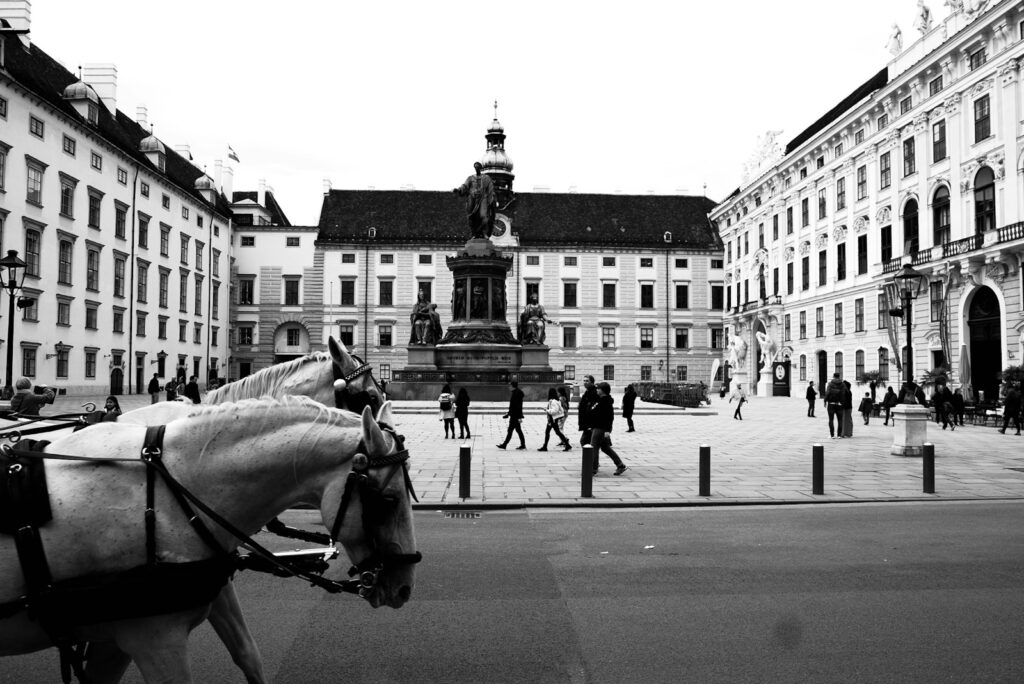The world is becoming increasingly urbanized, and for many horse owners, this means navigating busy streets, encountering traffic, and dealing with the hustle and bustle of urban environments has become unavoidable. Whether you’re trail riding near roads, traveling to shows, or simply moving your horse between properties, teaching your equine companion to remain calm and confident around vehicles, noise, and urban distractions is an essential safety skill. Training a horse to handle traffic and urban settings isn’t just convenient—it’s a critical aspect of responsible horsemanship that can prevent dangerous situations for both horse and rider. With patience, consistency, and the right approach, even the most sensitive horse can learn to navigate these challenging environments with confidence.
Understanding Equine Flight Response

Horses are prey animals with an instinctual flight response hardwired into their behavior. When confronted with something unusual or threatening, their natural reaction is to flee first and ask questions later. This evolutionary survival mechanism served wild horses well, but can create dangerous situations when a 1,200-pound animal bolts on a busy road. Understanding this fundamental aspect of equine psychology is crucial before beginning traffic training. The good news is that while this flight response is natural, it can be modified through careful desensitization. Your training goal isn’t to eliminate this instinct (which would be impossible) but rather to teach your horse to trust your leadership and override their fear response in specific situations. Recognizing the physical signs of fear in your horse—raised head, wide eyes, flared nostrils, and tense muscles—will help you gauge their stress level during training.
Assessing Your Horse’s Temperament
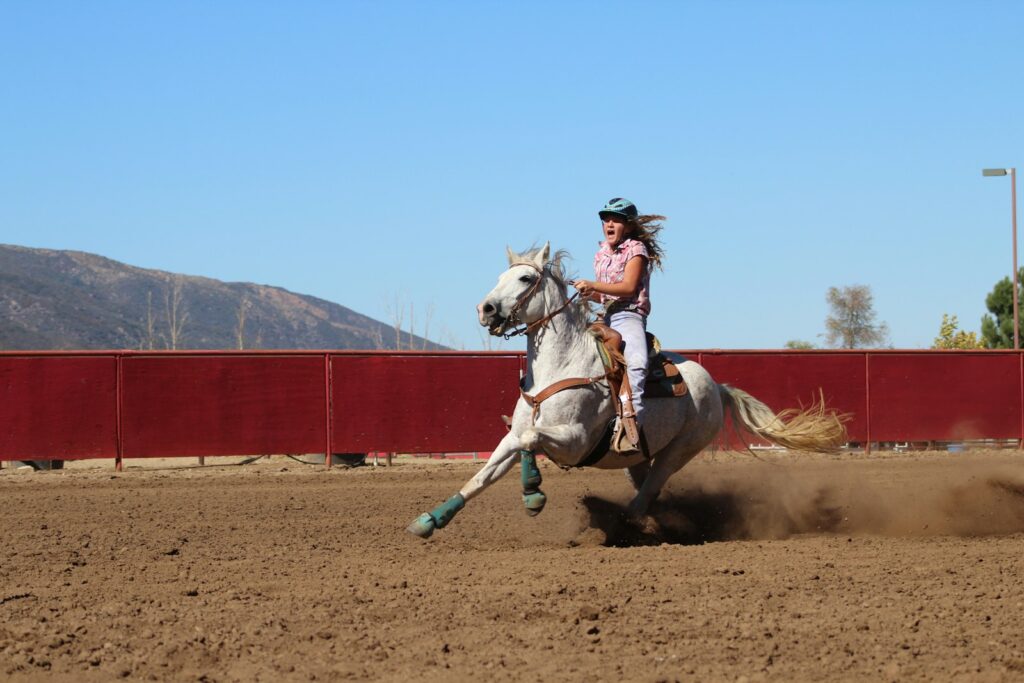
Before beginning traffic training, it’s important to realistically assess your horse’s individual temperament and current comfort level with new stimuli. Some horses are naturally bold and curious, while others are more sensitive and reactive to environmental changes. This assessment will help you determine your starting point and develop a training plan tailored to your horse’s specific needs. Consider factors such as age, previous training experiences, and general confidence level when handling other novel situations. Young horses or those with little exposure to varied environments will naturally require more time and patience than seasoned trail horses. If your horse demonstrates extreme anxiety or dangerous behavior around even minor disturbances, consider working with a professional trainer who specializes in behavior modification before attempting traffic training.
Creating a Progressive Training Plan
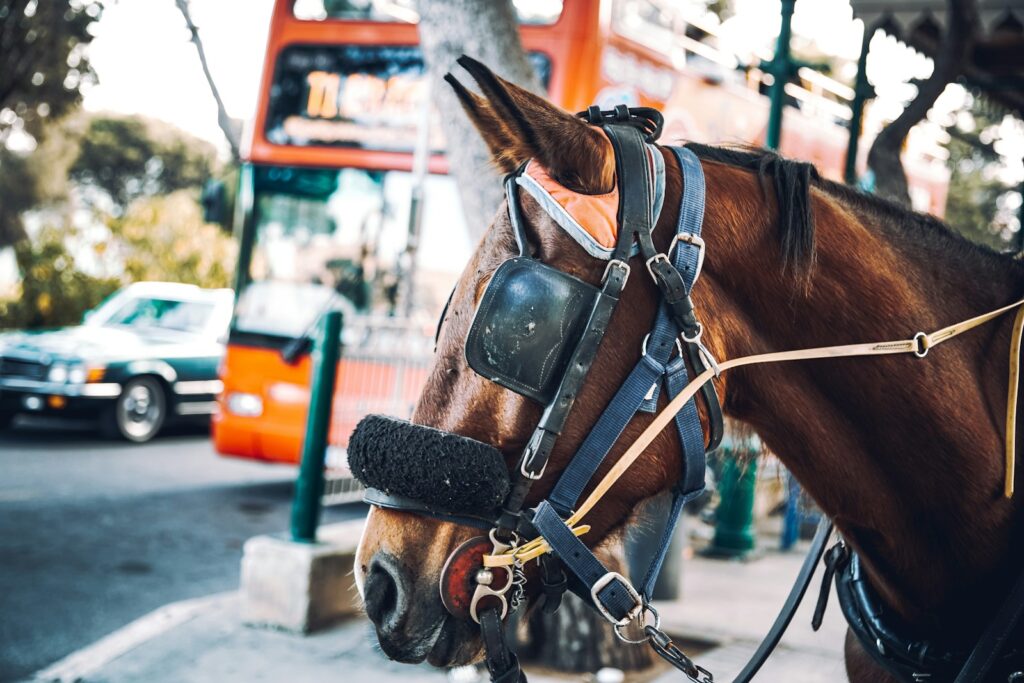
Successful traffic training follows the principle of systematic desensitization—gradually exposing your horse to increasingly challenging stimuli while keeping them below their fear threshold. A well-structured plan begins with simulated traffic experiences in familiar environments and progressively moves toward real-world situations. Start by establishing clear training goals: perhaps first being able to stand calmly while cars pass at a distance, then walking alongside a quiet road, and eventually handling busier streets or unexpected noises. Document your horse’s progress to help maintain perspective during challenging moments. Remember that training doesn’t follow a strict timeline—some horses may progress quickly through early stages but struggle with specific triggers like motorcycles or large trucks. The key is to avoid rushing or skipping stages, as a solid foundation creates lasting confidence.
Establishing Groundwork Fundamentals
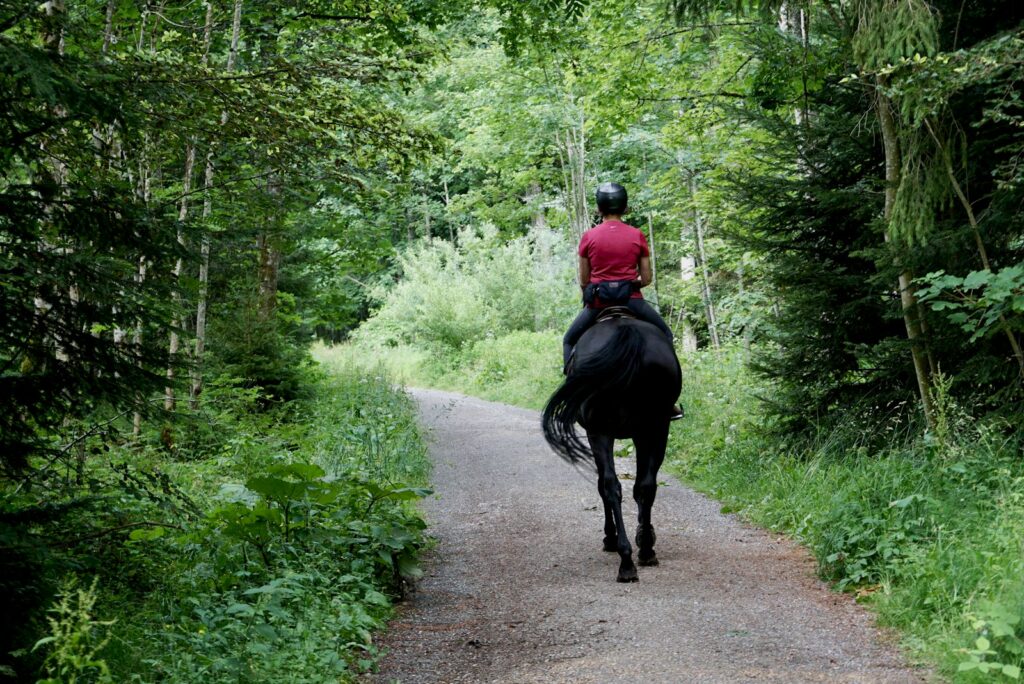
Strong groundwork skills form the foundation for successful traffic training and provide essential communication tools for managing your horse during stressful situations. Before introducing traffic elements, ensure your horse responds reliably to basic cues such as yielding to pressure, stopping promptly, backing up, and moving the hindquarters and shoulders independently. These control mechanisms become crucial safety features when a horse becomes anxious in traffic. Groundwork also builds the trust relationship between you and your horse, teaching them to look to you for guidance when uncertain. Practice these skills in varied environments to ensure your horse maintains focus on you despite distractions. Consider incorporating obstacle work like walking over tarps, through narrow spaces, or past fluttering objects to develop general confidence with novel stimuli.
Simulating Traffic in Safe Environments
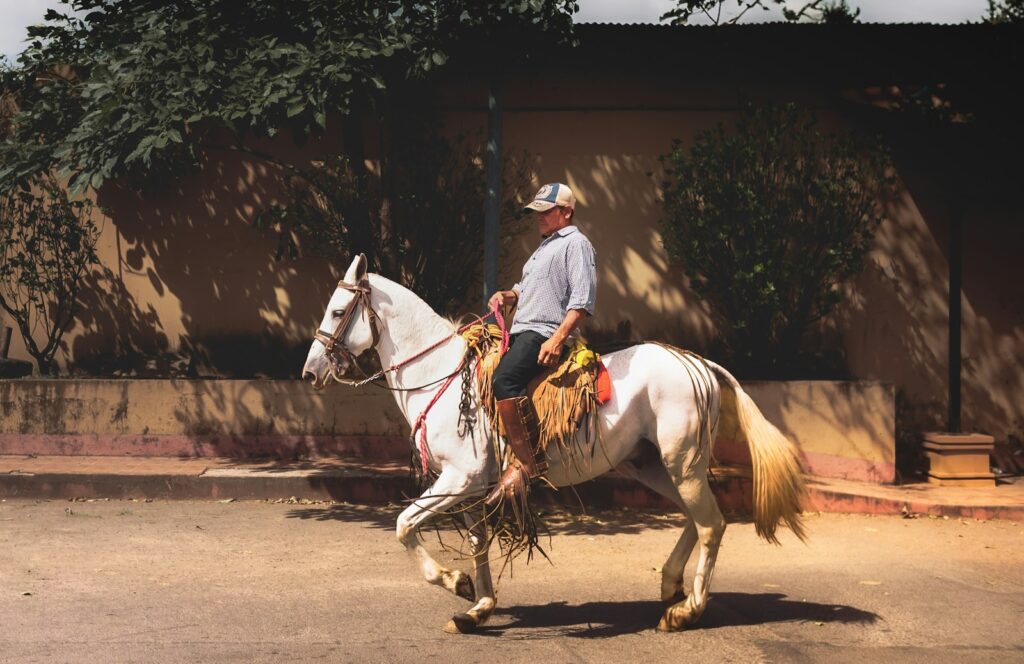
Begin traffic training by creating controlled simulations in familiar environments where your horse feels secure. Use audio recordings of traffic sounds played at low volume during grooming or feeding to create positive associations with these noises. Gradually increase the volume as your horse shows comfort. Introduce visual stimulations by having helpers walk past with flapping materials, open and close umbrellas, or push wheelbarrows to mimic the sudden movements often encountered in urban settings. Plastic bags attached to fences (secured safely) can simulate the unpredictable movements of litter in the wind. These exercises allow you to control the intensity and duration of exposure while maintaining a safe, enclosed environment. Each successful interaction builds your horse’s confidence and prepares them for more challenging real-world scenarios.
Introducing Vehicles in Controlled Settings

The next step involves introducing stationary vehicles in controlled environments before progressing to moving traffic. Start by leading your horse around a parked car or truck in your yard or arena, allowing them to investigate at their own pace from a comfortable distance. Watch for signs of relaxation such as lowered head, soft eyes, and relaxed breathing before decreasing the distance. Once comfortable with stationary vehicles, arrange for a helper to slowly drive a vehicle past your arena while you work your horse at a comfortable distance. Gradually decrease this distance as your horse’s confidence grows. Practice standing still as vehicles pass, which simulates waiting to cross a road. Work with different types of vehicles when possible, as horses often react differently to cars versus larger trucks or equipment.
Developing Road Safety Awareness
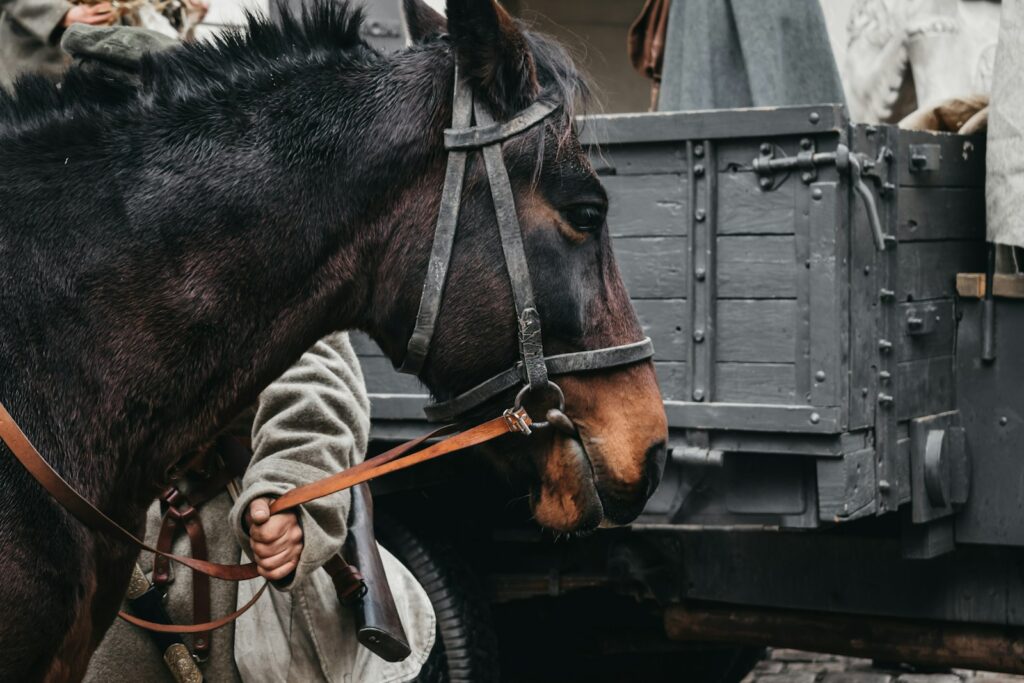
Before venturing onto actual roads, both handler and horse need to understand fundamental road safety principles. Familiarize yourself with local regulations regarding horses on roadways, including right-of-way rules and required visibility equipment. Teach your horse to walk on the correct side of the road (typically facing oncoming traffic) and maintain a straight path rather than weaving. Practice emergency maneuvers such as quickly moving onto a shoulder or verge if necessary. High-visibility gear for both horse and handler is essential—consider reflective leg bands, breastplates, rider vests, and even LED equipment for low-light conditions. Teach your horse to stand calmly at the roadside when vehicles approach from behind by simulating this scenario in your arena first. These preparatory skills can prevent dangerous situations once you’re dealing with actual traffic.
Utilizing a Calm Companion Horse
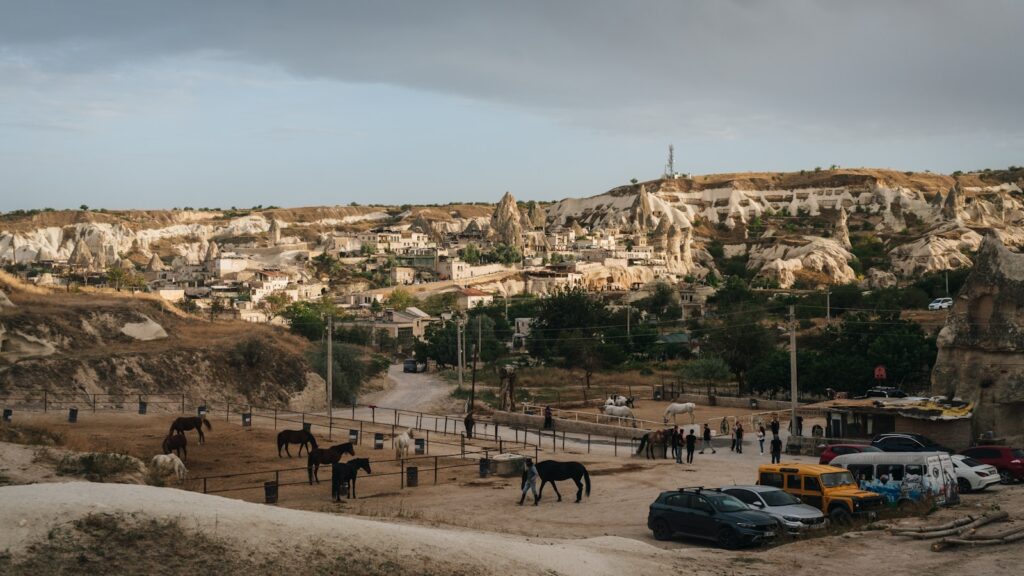
An experienced, traffic-savvy companion horse can dramatically accelerate your horse’s learning curve when beginning actual road work. Horses are herd animals that naturally take cues from each other regarding safety, and a calm companion provides a powerful example that unfamiliar situations aren’t threatening. Initially, position your horse behind the steady horse where they can observe how the lead horse remains relaxed as vehicles pass. As your horse gains confidence, practice positioning them on the traffic side with the steady horse between them and the ditch or shoulder. Gradually work toward having both horses walk side-by-side with equal exposure to passing vehicles. Eventually, allow some distance between the horses while maintaining this relaxed state. This “equine mentorship” approach often helps horses progress more quickly than working alone.
Progressing to Quiet Roads and Increasing Challenges
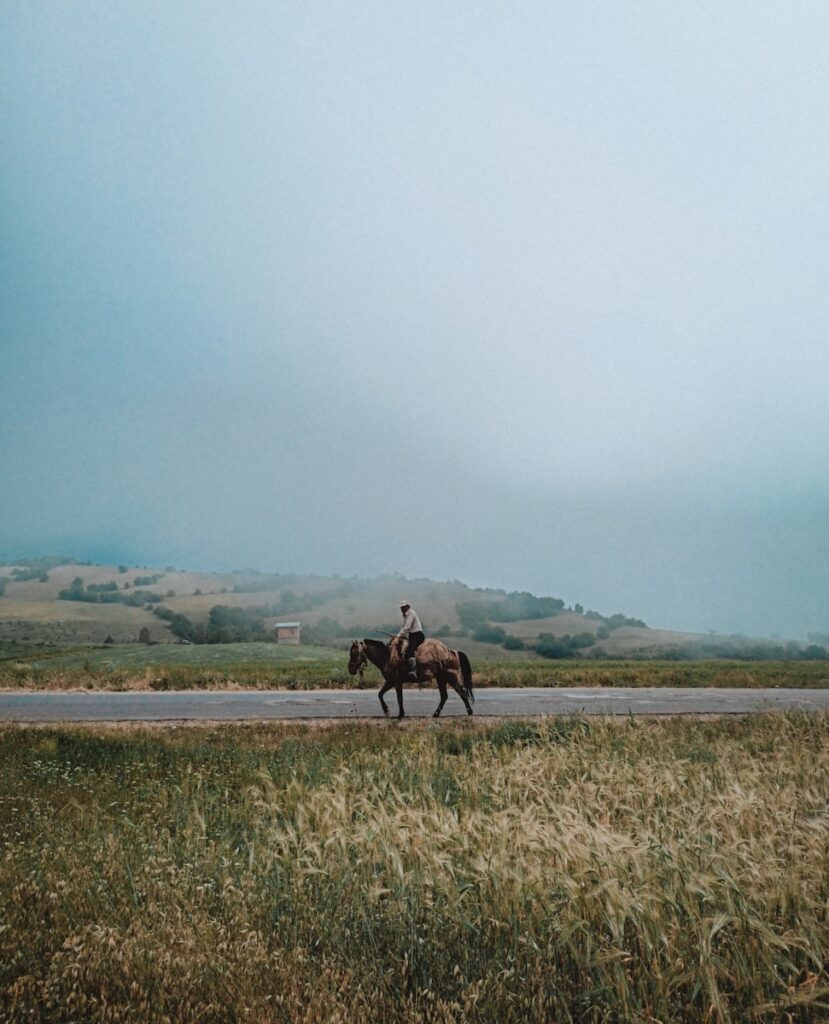
Once your horse demonstrates confidence with simulations and controlled vehicle encounters, it’s time to progress to actual road work, beginning with the quietest roads available. Choose times of day with minimal traffic and good visibility—early mornings or weekends in rural areas are often ideal. Start with very short sessions of just 5-10 minutes, focusing on maintaining relaxation rather than distance covered. Gradually increase the duration of your road sessions as your horse’s confidence grows. Incorporate new challenges methodically: first quiet cars, then larger vehicles, then busier roads with more frequent traffic. Monitor your horse’s stress signals closely and be prepared to retreat to easier situations if they become overwhelmed. Success builds upon success—a single positive experience often advances training more than pushing through multiple stressful ones.
Managing Specific Urban Challenges
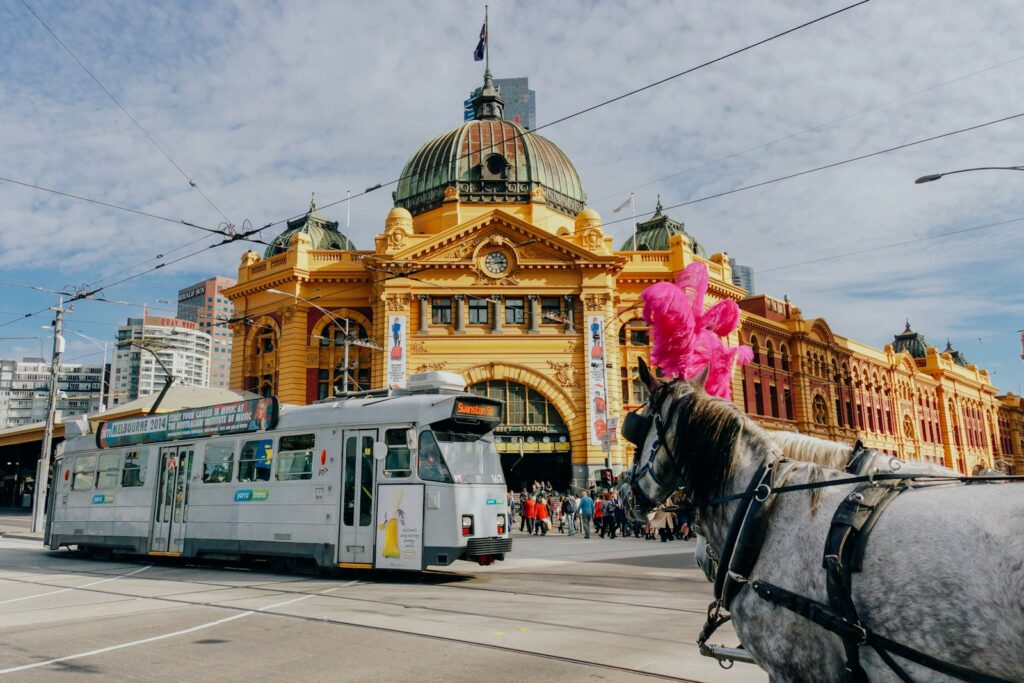
Urban environments present unique challenges beyond moving vehicles that require specific desensitization. Construction sites with flapping tarps, pneumatic drills, and unexpected banging can trigger strong fear responses in even traffic-savvy horses. Pedestrian elements like bicycles, skateboards, baby strollers, and running children involve fast or unpredictable movements at ground level, which many horses find particularly alarming. Environmental features such as storm drains, manhole covers, painted road markings, and shiny reflective surfaces can also trigger suspicion. Address each element individually through gradual exposure and positive reinforcement before combining challenges. For example, spend time walking over different road surfaces in quiet areas before attempting them on busy streets. Similarly, arrange for friends to slowly ride bicycles past your arena before encountering cyclists on trails or roads.
Addressing Traffic-Specific Spooks and Fears
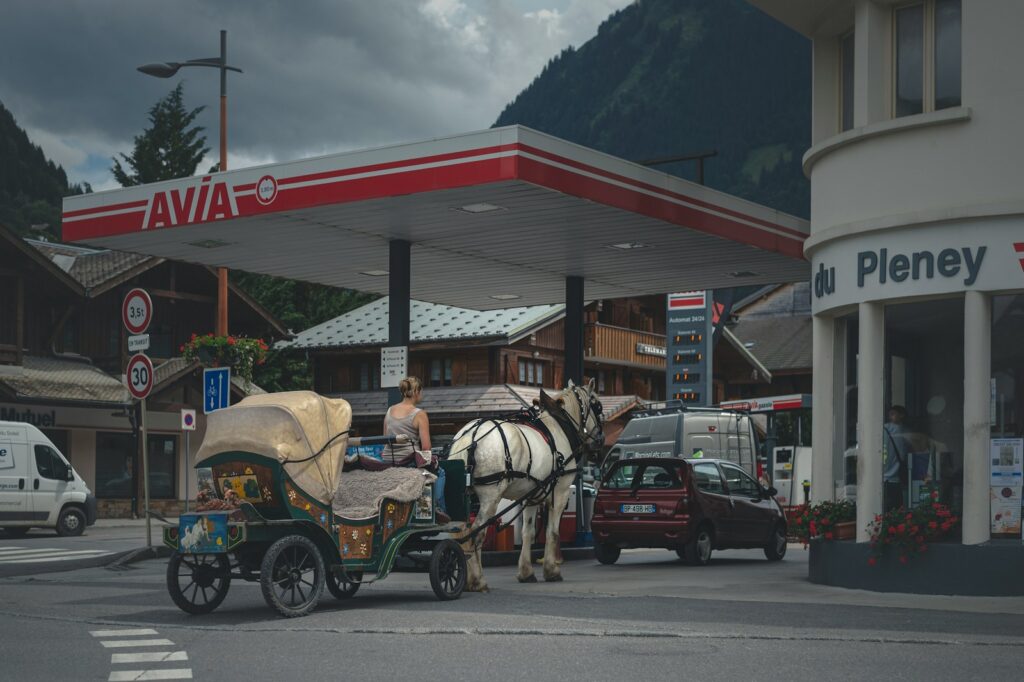
Most horses develop specific triggers during traffic training that require targeted desensitization. Common examples include motorcycles (with their distinctive engine noise), emergency vehicles with sirens and flashing lights, large trucks or buses that create air pressure changes when passing, and garbage trucks with their hydraulic mechanisms and distinctive smells. When you identify a specific fear trigger, return to controlled training to address it directly. For example, if your horse fears motorcycles, find a friend with a motorcycle willing to help with training sessions that start with the stationary bike, progress to the engine running while the horse is at a distance, and gradually move to slow drive-bys. Online videos and recordings can also help introduce the sounds of specific vehicles in controlled environments. Remember that regression is normal when horses encounter particularly frightening stimuli—simply return to the last successful level of exposure and rebuild gradually.
Building Duration and Consistency
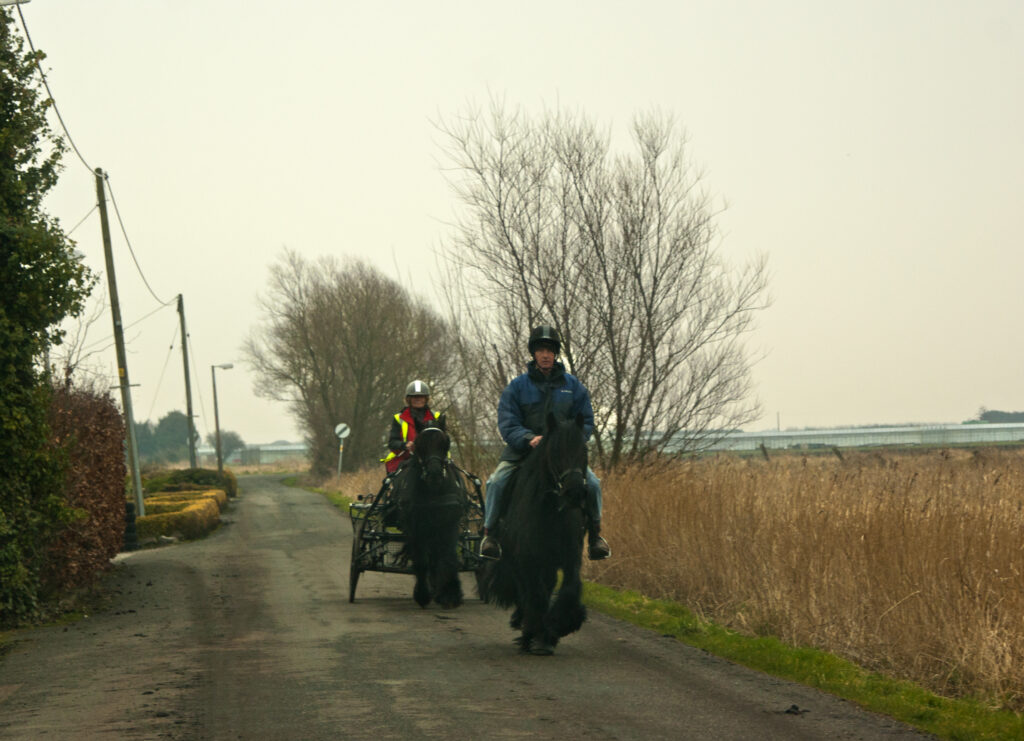
Traffic tolerance isn’t just about surviving a brief encounter with vehicles but developing lasting confidence across varied situations. Once your horse handles basic traffic scenarios, focus on building duration and consistency in their training. Practice longer road sessions that might simulate a real journey from one location to another rather than just brief exposures. Introduce varied conditions like different weather, times of day, and traffic patterns to ensure your horse’s confidence isn’t limited to specific circumstances. Pay special attention to transitioning between environments, such as moving from a quiet trail onto a road or from rural settings into more suburban areas. Maintain regular exposure even after your horse seems comfortable—traffic confidence can diminish without consistent reinforcement. Weekly practice in various traffic conditions helps maintain and strengthen your horse’s adaptive skills.
Safety Equipment and Practical Considerations
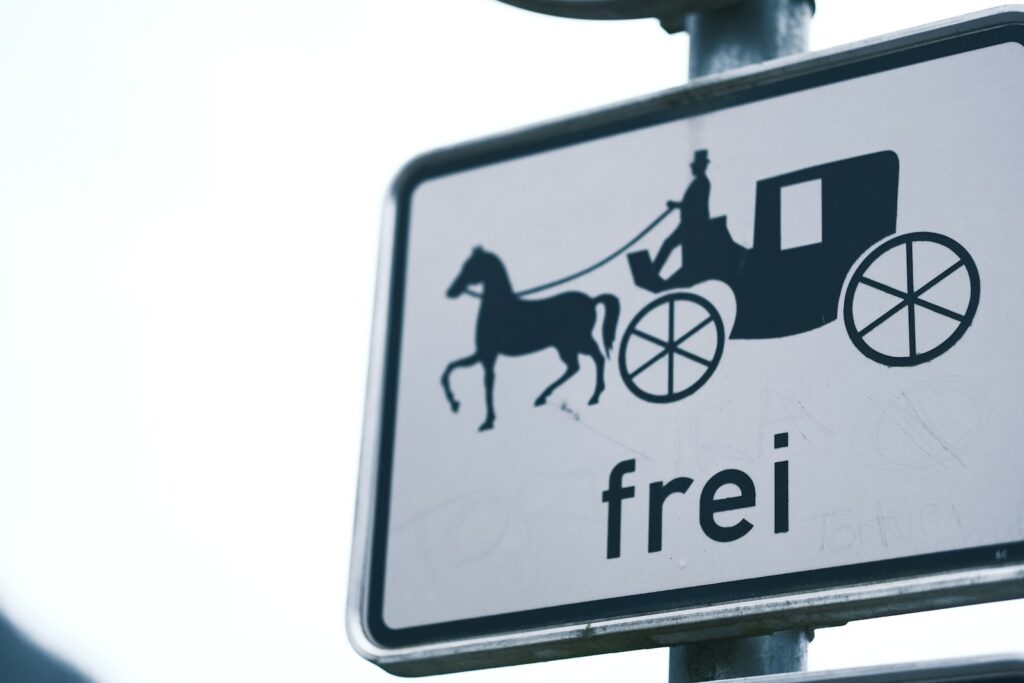
Proper equipment plays a crucial role in traffic safety training for both prevention and risk management. High-visibility gear is non-negotiable—invest in quality reflective leg bands, breastplates, rider vests, and helmet covers that ensure visibility to motorists in all lighting conditions. Consider adding battery-powered LED lights for dawn, dusk, or overcast conditions. Safety stirrups with quick-release features provide an additional layer of protection should an emergency dismount become necessary. Carry a mobile phone in a secure location and consider helmet communication systems when riding with companions. Some riders find that specially designed ear bonnets help reduce traffic noise for particularly sensitive horses without compromising the animal’s ability to hear commands. Research consistently shows that inappropriate equipment contributes to traffic accidents with horses, so prioritize safety features over aesthetics when selecting gear for road work.
When to Seek Professional Assistance
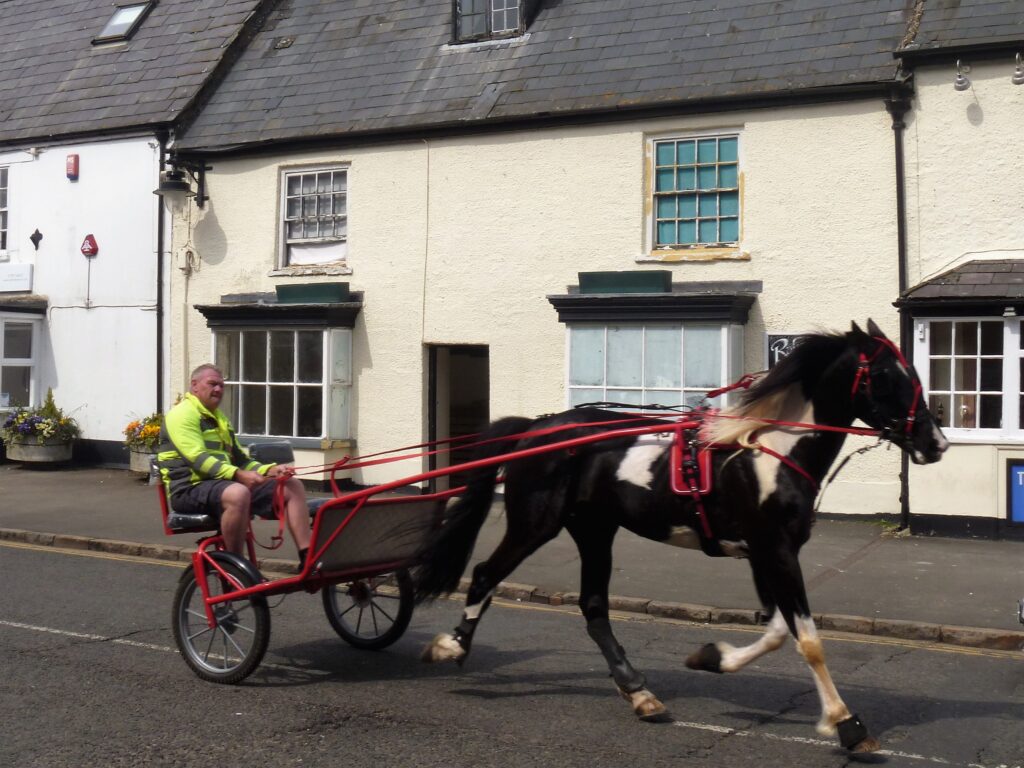
While many horses can be successfully traffic-trained by their owners, there are situations where professional help becomes necessary. Consider seeking experienced assistance if your horse shows extreme fear responses like rearing, bolting, or freezing despite careful introduction to traffic elements. Professional trainers bring specialized equipment, controlled environments, and the experience to address challenging behaviors safely. They can also provide objective assessment of whether your horse’s temperament is suitable for the level of traffic exposure you’re planning. Some trainers offer traffic clinics or group desensitization sessions which provide both structured learning and the benefit of working alongside other horses. Remember that safety should always take precedence over pushing through training independently—a professional intervention early in the process can prevent accidents and build a stronger foundation for future success.
Maintaining and Advancing Traffic Skills
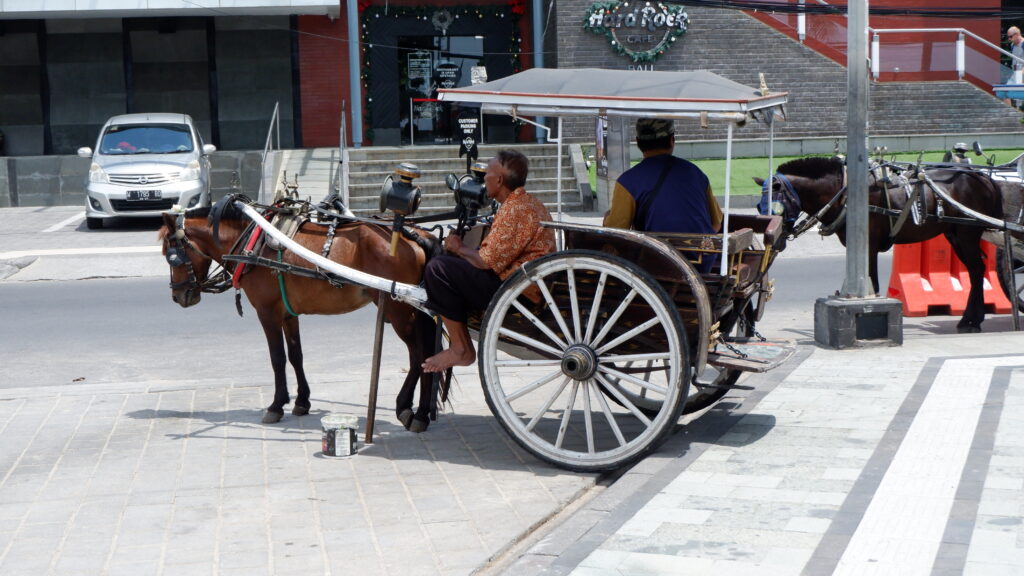
Traffic training is never truly “finished” but rather an ongoing process of maintenance and advancement throughout your horse’s life. Even well-trained horses benefit from regular exposure to maintain their traffic confidence. Schedule intentional practice sessions rather than assuming that occasional necessity will provide sufficient reinforcement. Set progressive goals for your horse’s urban skills, perhaps advancing from quiet country roads to busier suburban settings or even urban centers if appropriate for your riding needs. Document challenges and successes to track progress over months and years. Periodically revisit foundational exercises, especially after your horse has had extended breaks from traffic exposure due to illness, seasonal factors, or changes in your riding routine. Many experienced trail riders find that their horses actually become more traffic-safe with age as positive experiences accumulate and their partnership deepens.
Training a horse to handle traffic and urban environments represents one of the most valuable investments in safety and versatility you can make as an equestrian. The process requires patience, consistency, and respect for your horse’s natural instincts and individual personality. By following a methodical approach that builds confidence through gradual exposure, most horses can learn to navigate roads and urban settings with remarkable composure. Remember that this training isn’t just about convenience but represents responsible horsemanship that protects both your horse and other road users from potentially dangerous situations. With proper training, even naturally sensitive horses can develop the confidence to handle traffic scenarios that would once have seemed impossible, opening up new riding opportunities and ensuring safer transportation experiences for years to come.

